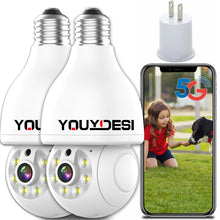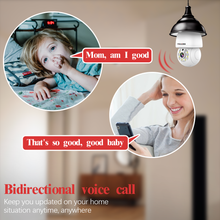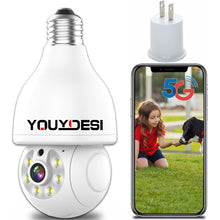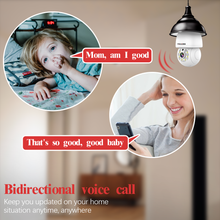To understand this, it's crucial to consider the construction of surveillance cameras. Most modern surveillance cameras rely on built-in infrared (IR) LED lights for night vision. As these cameras age, the effectiveness of the IR LED lights diminishes, which, in turn, affects the quality of nighttime imaging.
Typically, IR LED lights have a lifespan of over 20,000 hours, equivalent to approximately 833 days of continuous use if we assume they are active for 8 hours each night. However, since the IR LEDs are only activated in low-light conditions, they can last for more than 6 years in practical terms.
Nevertheless, surveillance systems are subject to frequent updates and upgrades, with minor enhancements every 3 years and major advancements every 5 years. As a result, the need for system updates often arises before the components reach their maximum lifespan. This frequent technological evolution is a significant factor contributing to the need for system upgrades even before the components have fully aged.
For indoor/outdoor home security, it's essential to stay current with the latest surveillance technology, whether that involves upgrading to new cameras, considering wireless camera options, or exploring advanced features like light bulb cameras. Regular maintenance and updates are key to ensuring optimal performance and security in the long run.










